If you're serious about muscle growth, chances are you've asked yourself this popular question at least once: Does cardio kill gains? It's a hot topic in the fitness community and one that's often surrounded by myths, bro science, and conflicting advice. Some swear by skipping cardio altogether to maximize muscle gains, while others integrate it regularly with their strength routine. So, what's the real deal?
In this article, we're diving headfirst into the science, the misconceptions, and the practical takeaways surrounding cardio and muscle-building. Whether you're a lifter looking to shed some fat without sabotaging your gains, or just curious about how cardio fits into your program, we've got you covered. Let's bust some myths and build some knowledge—without losing any muscle in the process.
Understanding Muscle Growth (Gains 101)
Before we tackle the impact of cardio, it's crucial to understand what actually leads to muscle growth—commonly referred to as "gains." Muscle hypertrophy happens when you create enough stimulus (usually through resistance training) to cause microscopic damage to your muscle fibers. Then, through adequate nutrition and rest, those fibers repair and grow back stronger and bigger.
Key elements needed for muscle growth:
- Progressive overload: Lifting heavier over time or increasing volume.
- Sufficient protein intake: Amino acids are the building blocks of muscle.
- Caloric surplus: You need more energy than you burn to build new tissue.
- Recovery: Muscles grow during rest, not while you train.
So where does cardio come into this picture? Let's find out.
How Cardio Affects Muscle Growth
Cardio isn't inherently bad for muscle building. In fact, it's an essential component of overall health. But when it comes to hypertrophy, things can get tricky if cardio is overdone or poorly programmed.
The Interference Effect
One of the most cited phenomena in this discussion is the "interference effect." This refers to the potential conflict between endurance and strength adaptations. In simple terms, cardio and lifting train your body in different ways. Combining the two—especially in the same session—can send mixed signals to your muscles.
For example:
- Endurance training encourages your body to become more efficient and conserve energy.
- Strength training pushes your body to build larger, more powerful muscles.
This conflict can potentially dampen muscle growth if not managed correctly, especially with high volumes of cardio.
Type and Intensity Matter
Not all cardio is created equal. A gentle walk or light cycling session is vastly different from running 10K every day.
- Steady-State Cardio (LISS): Low-intensity steady-state cardio, like incline walking or slow cycling, is generally safe and less likely to interfere with gains.
- High-Intensity Interval Training (HIIT): Short, intense bursts can complement strength training and even stimulate muscle fiber recruitment—if not overused.
Recovery: The Overlooked Factor
One of the real issues with excessive cardio isn't muscle loss—it's incomplete recovery. If your body is constantly trying to recover from back-to-back cardio and lifting sessions, it won't have enough resources left to repair and grow muscle tissue effectively.
Signs You're Overdoing It:
- Soreness that won't go away
- Drop in performance during lifts
- Trouble sleeping or constant fatigue
- Plateaued muscle gains
Balancing cardio and lifting requires smart planning and listening to your body.
Myth-Busting: Does Cardio Really Burn Muscle?
Let's be clear: cardio doesn't directly "burn" muscle unless you're making major programming mistakes.
Muscle loss typically occurs in catabolic conditions—that is, when your body is breaking down tissue for energy. This can happen in cases like:
- Severe caloric deficit
- Lack of dietary protein
- Excessive cardio without strength training
But if you're eating enough, training intelligently, and not running marathons every day, your muscle mass is safe. In fact, moderate cardio can preserve lean muscle by improving nutrient delivery and helping manage fat levels.
Cardio as a Secret Weapon for Gains
Believe it or not, cardio can actually support muscle growth in several ways:
Improved Cardiovascular Health
Strong lungs and a healthy heart mean better performance during sets. That extra endurance helps you push through tough workouts, increasing overall training volume.
Better Recovery
Light cardio can increase blood flow, reducing muscle soreness and promoting nutrient delivery to recovering tissues.
Leaner Physique
Cardio helps burn excess fat, letting your muscle definition show. That "shredded" look? It's not just about how much muscle you build—it's also about how well you manage fat levels.
How to Incorporate Cardio Without Killing Gains
Here's where things get practical. You don't need to ditch cardio—just be strategic.
Timing is Key
- Avoid doing cardio right before your strength session.
- Ideally, separate cardio and lifting by 6+ hours or do them on alternate days.
Choose Low-Impact Modalities
- Walking, cycling, rowing, and swimming are joint-friendly and less taxing on your recovery.
- Avoid high-mileage running if muscle mass is your priority.
Limit Frequency and Duration
- 2–4 sessions per week of 20–30 minutes is usually enough for most lifters.
- Monitor how your body responds and adjust as needed.
Eat to Fuel Both
- Add extra calories to account for cardio burn.
- Prioritize post-workout nutrition for both cardio and lifting days.
Sample Weekly Training Split
Here's a simple layout combining cardio and lifting:
- Monday: Upper Body + 20-min LISS cardio
- Tuesday: Lower Body
- Wednesday: 30-min cycling (cardio only)
- Thursday: Push/Pull + 10-min HIIT finisher
- Friday: Rest
- Saturday: Full-Body Workout + 20-min brisk walk
- Sunday: Rest or light active recovery
This approach gives you balance, preserves your gains, and keeps your heart healthy.
Conclusion: So, Does Cardio Kill Gains?
Short answer: No, cardio does not kill gains—when done correctly.
Cardio can coexist peacefully with your muscle-building goals if you:
- Choose the right type and intensity
- Fuel your body properly
- Prioritize recovery
- Program smartly
In fact, moderate cardio can enhance your strength performance, help with fat management, and keep you healthier overall. It's time to retire the fear that running a few miles will sabotage months of hard-earned muscle.
Instead, think of cardio as a tool in your arsenal—just like weights. When you use it wisely, it doesn't kill gains... it supports them.
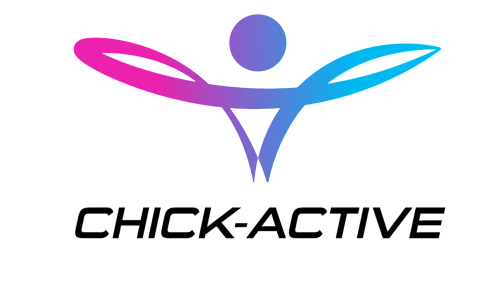



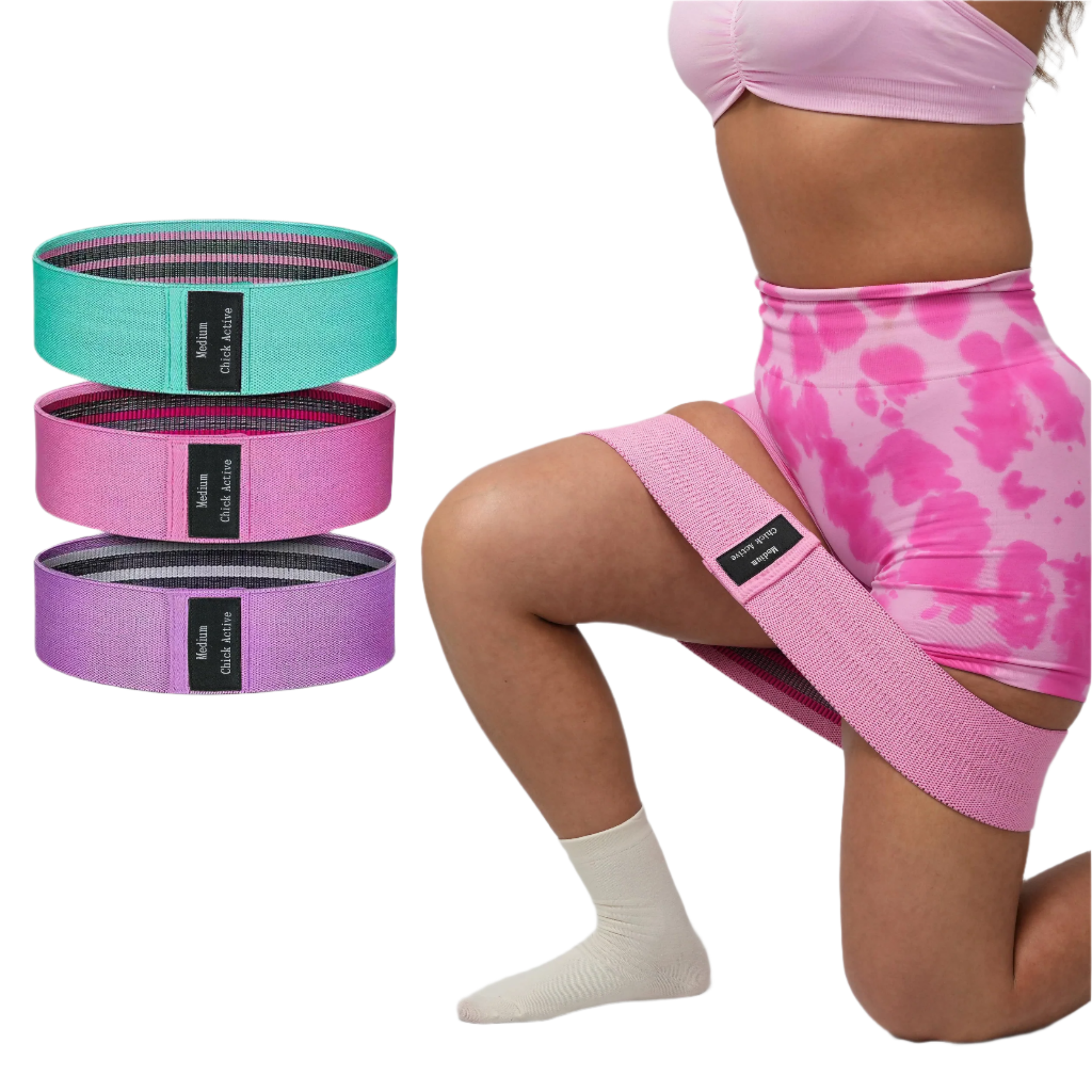

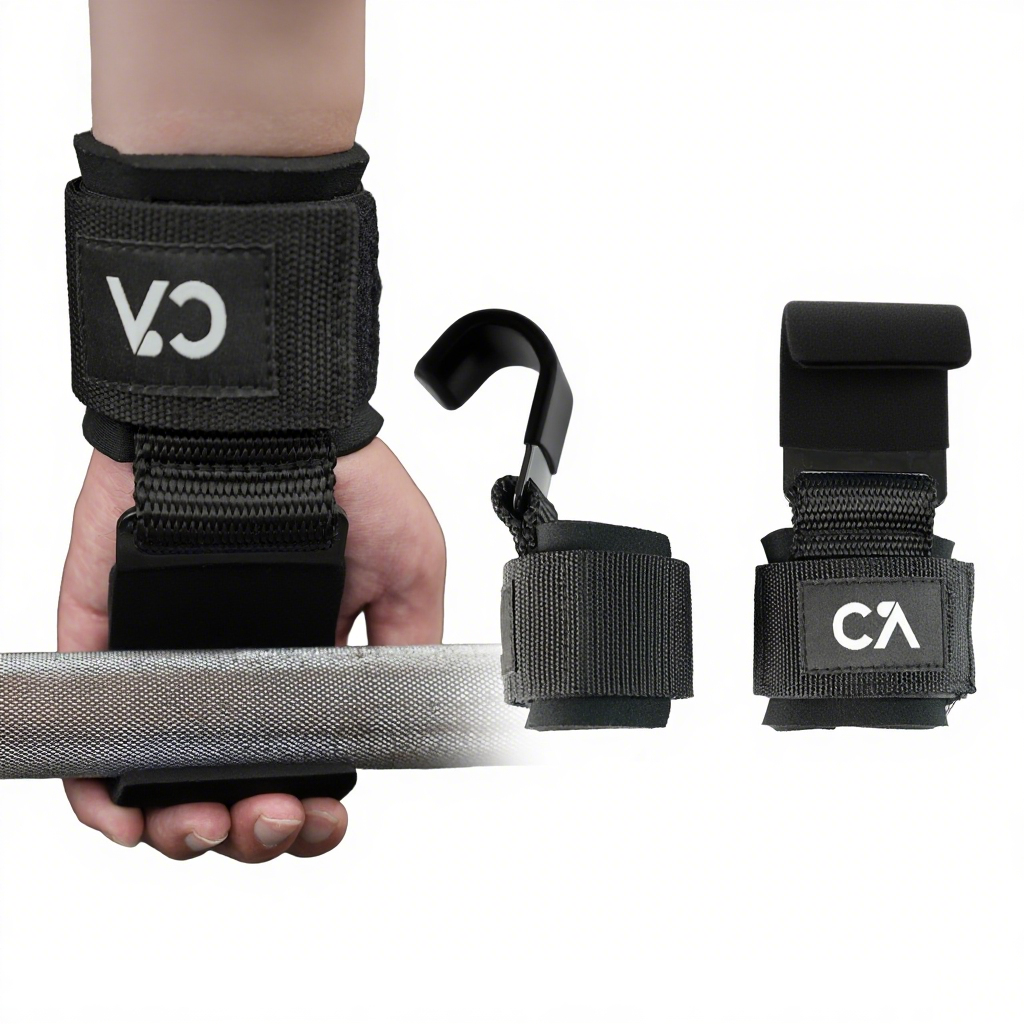
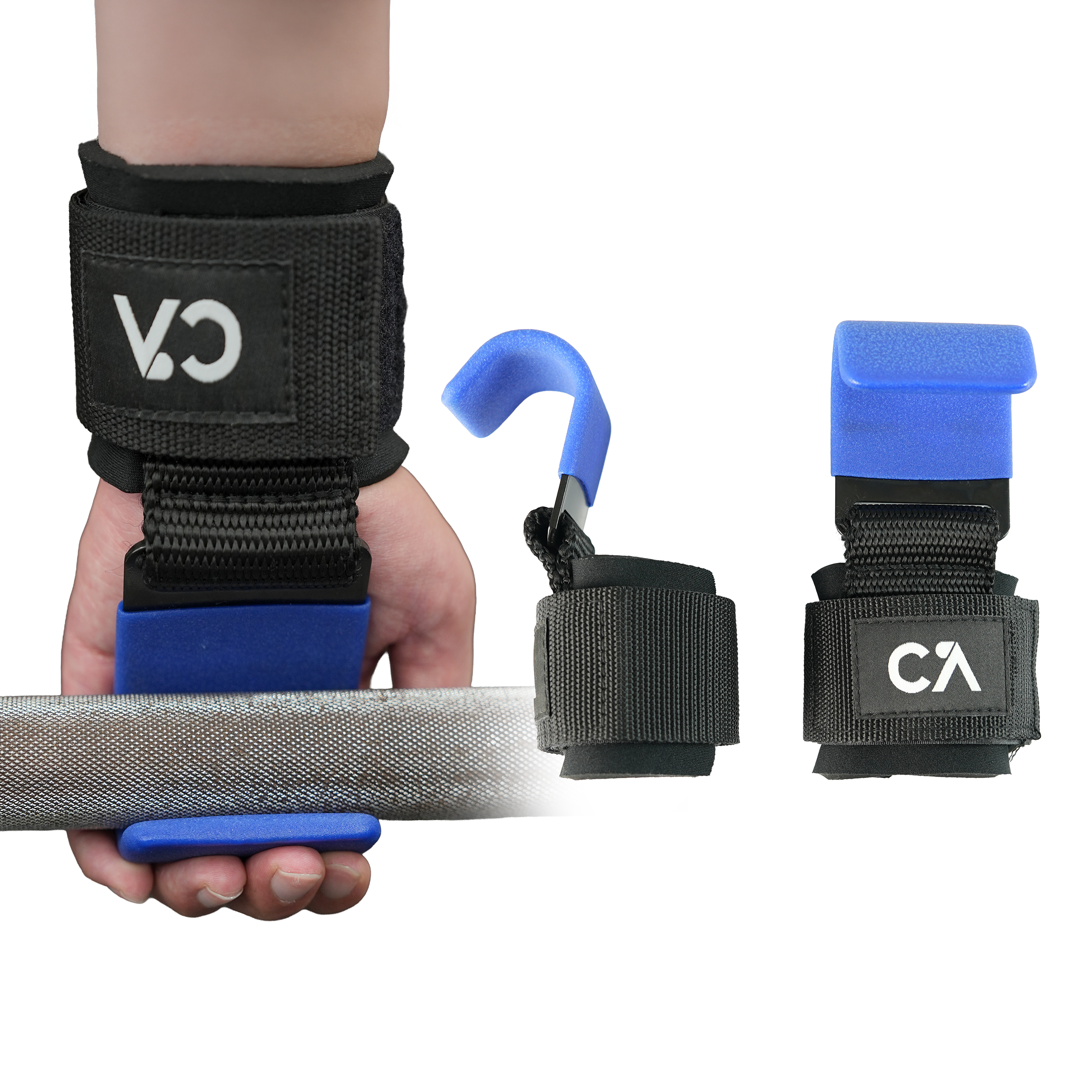
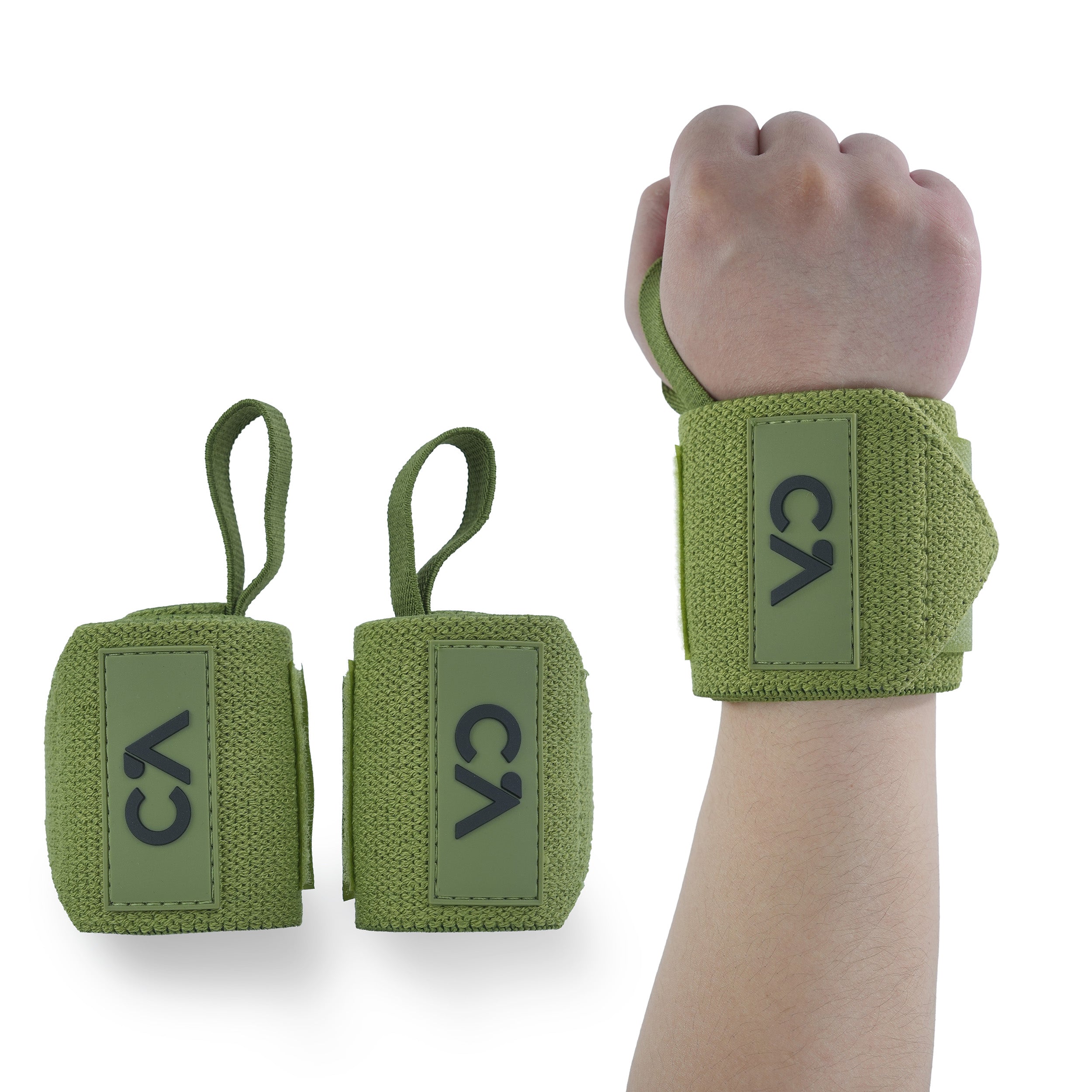
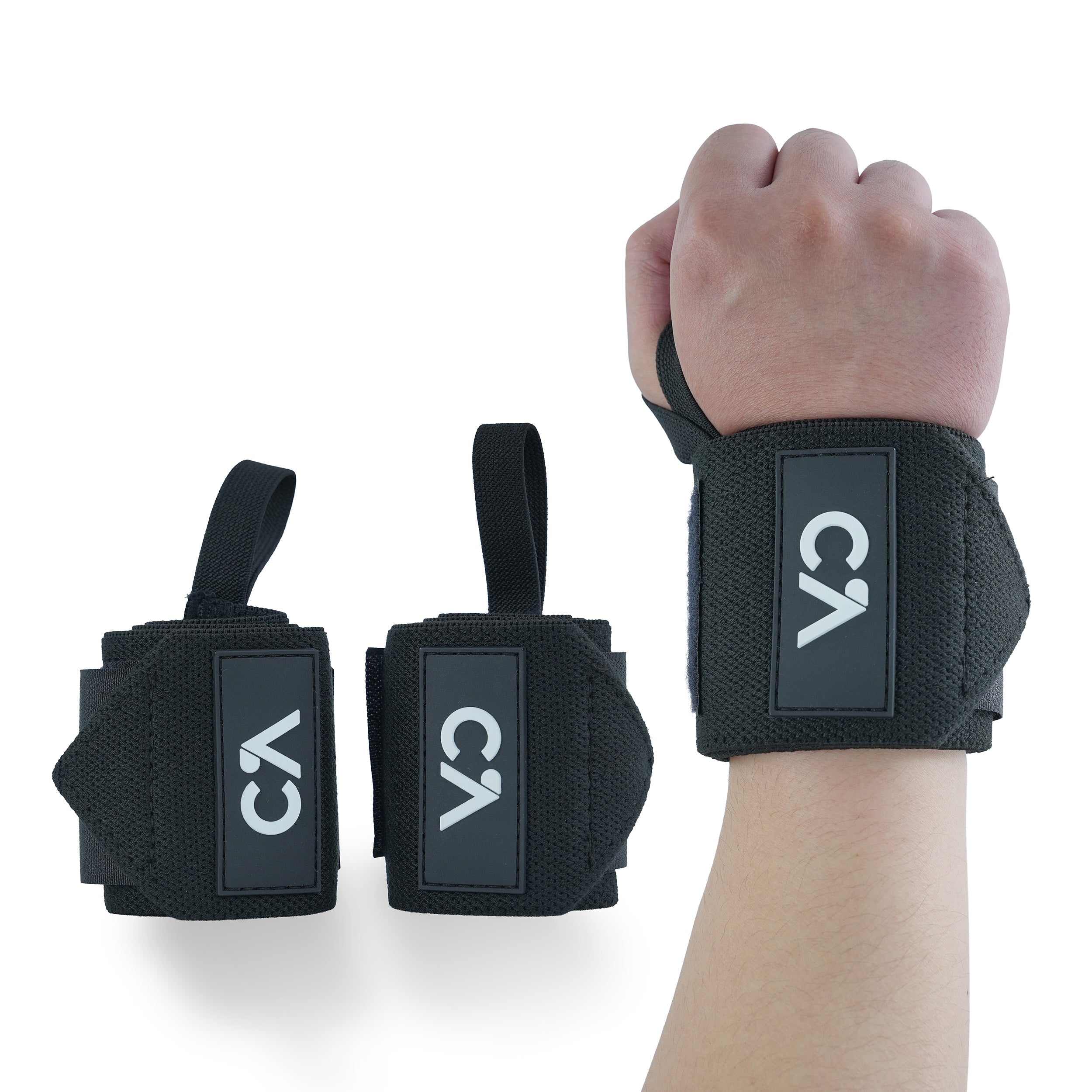
Leave a comment
All comments are moderated before being published.
This site is protected by hCaptcha and the hCaptcha Privacy Policy and Terms of Service apply.